Indigenous ocean thermal energy converter tested
China's first independently developed ocean thermal energy conversion facility has been tested in the waters of the South China Sea, according to the Guangzhou Marine Geological Survey, the facility's developer.
The relatively small 20-kilowatt OTEC facility was tested for 4 hours and 47 minutes and reached a maximum power output of 16.4 kW, but more importantly, it was the first time that China had achieved principle verification and engineering operation of an OTEC facility in actual sea conditions.
OTEC has been used in commercial electricity generation since the 1970s, with Japan and the United States playing major roles in its development. The process involves utilizing the difference in temperature between cooler deep and warmer shallow water in the ocean to run a heat engine to produce electricity.
"This offshore test verified the theoretical viability of the indigenously developed ocean thermal energy power generation system, as well as its practicability, marking a crucial step in China's journey to develop and harness ocean thermal energy, from the land test stage to offshore applications," said Ning Bo, a senior engineer at the Guangzhou Marine Geological Survey.
Guangzhou Marine Geological Survey cooperated on the project with the National Energy Research Center for Natural Gas Hydrate Exploration and Development, Guangdong Provincial Laboratory of Southern Marine Science and Engineering, and other research institutes.
"The device was independently developed, according to actual sea conditions in the South China Sea," said Ning.
A three-dimensional model of water temperatures in the South China Sea, based on previous investigations and research into ocean geology, currents and hydrology, was established before the launch of the OTEC facility.
The marine geological survey authority also uated and selected advantageous sea areas suitable for the development of OTEC in the South China Sea, according to Ning.
The OTEC facility was tested in a 1,900-meter-deep sea area of the South China Sea in August, completing the verification of thermoelectric power generation technology, with an effective power generation utilization rate of 17.7 percent, according to Ning.
After the test, the marine geological survey conducted comparative tests on the circulating pressure and temperature of cold and heat sources under different displacements using the already-constructed sea trial system.
"Collection of rich test data helps provide references for optimization of the system configuration, development of high-power engineering prototypes, large-scale applications and demonstration of power generation costs in the later stage," said Ning.
 最新热点
最新热点
-
阿富汗北部发生6.3级地震 首都震感明显
阿富汗北部发生6.3级地震 首都震感明显
最新热点新华社喀布尔11月3日电(记者张艺缤 胥舒骜)据美国地质调查局地震信息网消息,阿富汗当地时间3日0时58分(北京时间3日4时28分),阿富汗北部巴尔赫省胡勒...
-
独家视频丨习近平乘车抵达庆州博物馆 韩国总统热情迎接
独家视频丨习近平乘车抵达庆州博物馆 韩国总统热情迎接
最新热点当地时间11月1日下午,韩国总统李在明在庆州博物馆为中国国家主席习近平举行欢迎仪式。 总监制丨申勇 监制丨龚雪辉 记者丨史伟 王鹏飞 邢彬...
-
视频丨李在明回答总台记者提问:致力于加强与中国合作
视频丨李在明回答总台记者提问:致力于加强与中国合作
最新热点11月1日,韩国总统李在明在亚太经合组织领导人非正式会议结束后举行记者会,介绍会议成果。在回答中央广播电视总台记者提问时,李在明表示,中韩经济合作至关重...
-
视频丨APEC秘书处执行主任:期待会议上的中国声音
视频丨APEC秘书处执行主任:期待会议上的中国声音
最新热点10月31日,亚太经合组织(APEC)第三十二次领导人非正式会议将在韩国庆州举行。近日,总台记者专访APEC秘书处执行主任佩德罗萨,并梳理了一份会议看点...
-
独家视频丨习近平会见加拿大总理卡尼



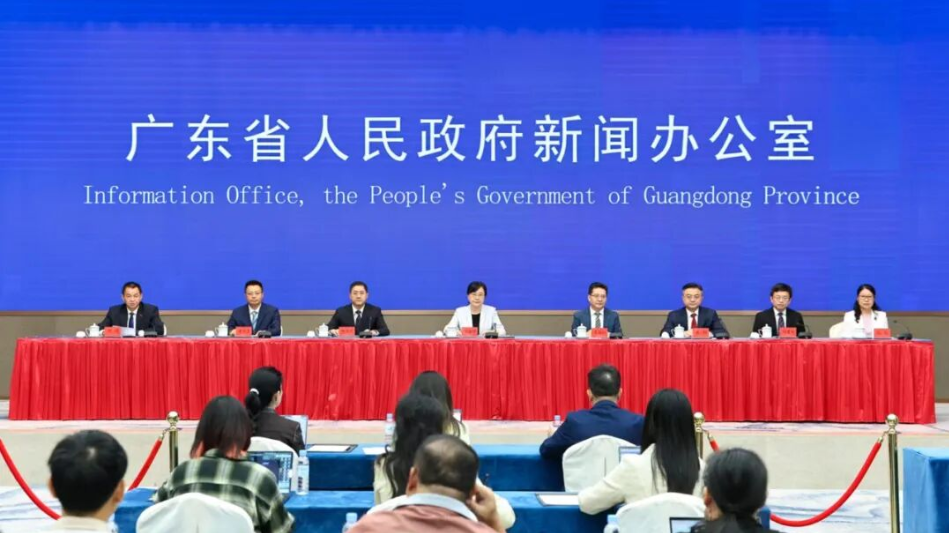
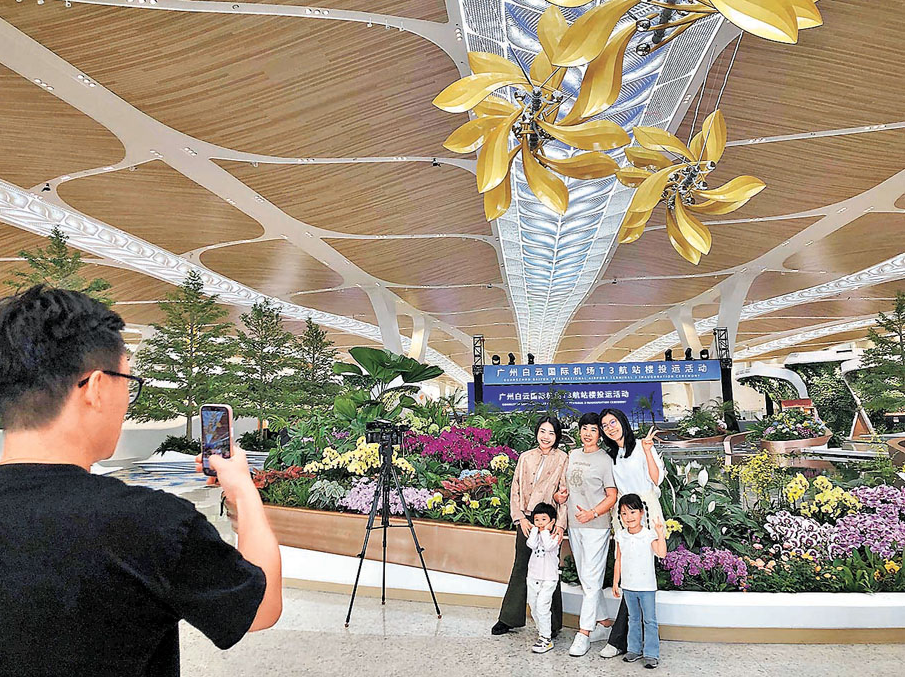

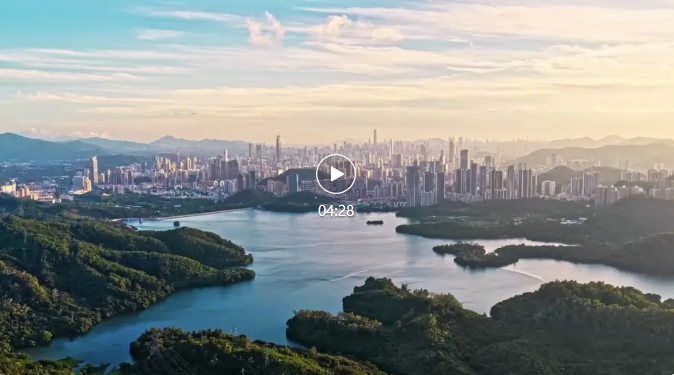

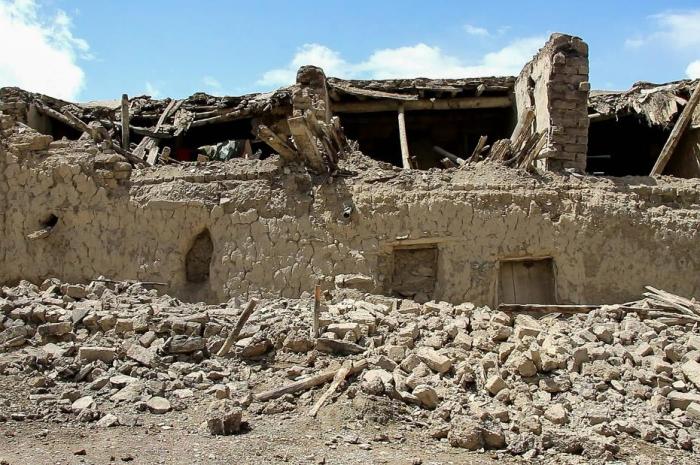
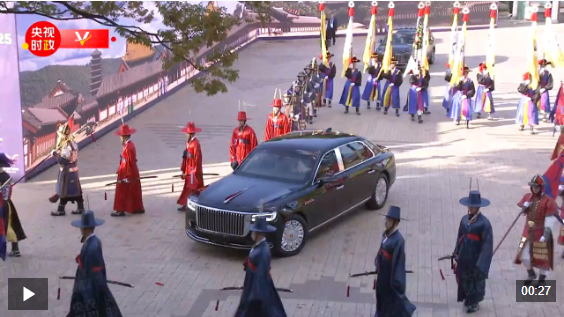

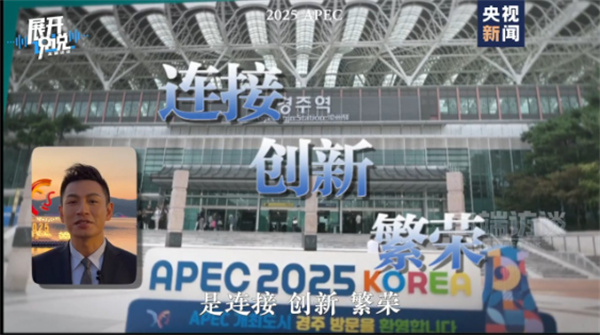
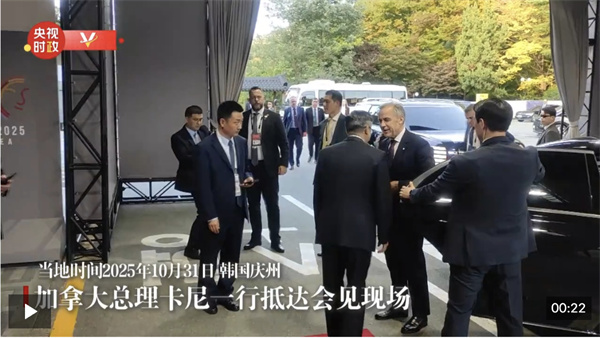
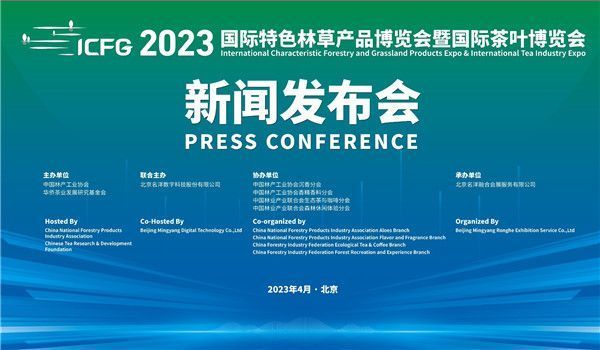

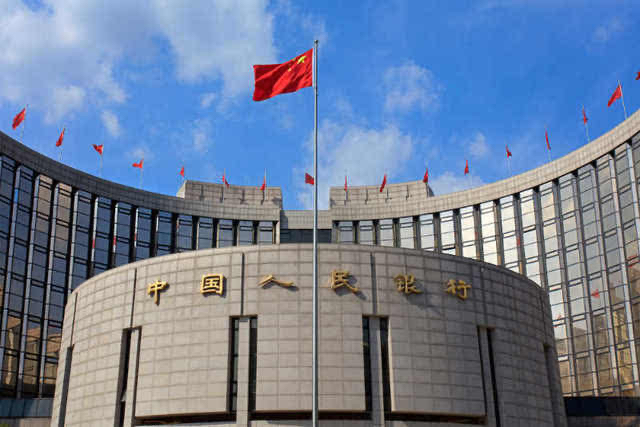 中国央行:前三季度工业中长期贷款保持较快增长
中国央行:前三季度工业中长期贷款保持较快增长
 首颗“雄安造”卫星完成生产下线
首颗“雄安造”卫星完成生产下线
 中国生成式人工智能用户规模达5.15亿人
中国生成式人工智能用户规模达5.15亿人
